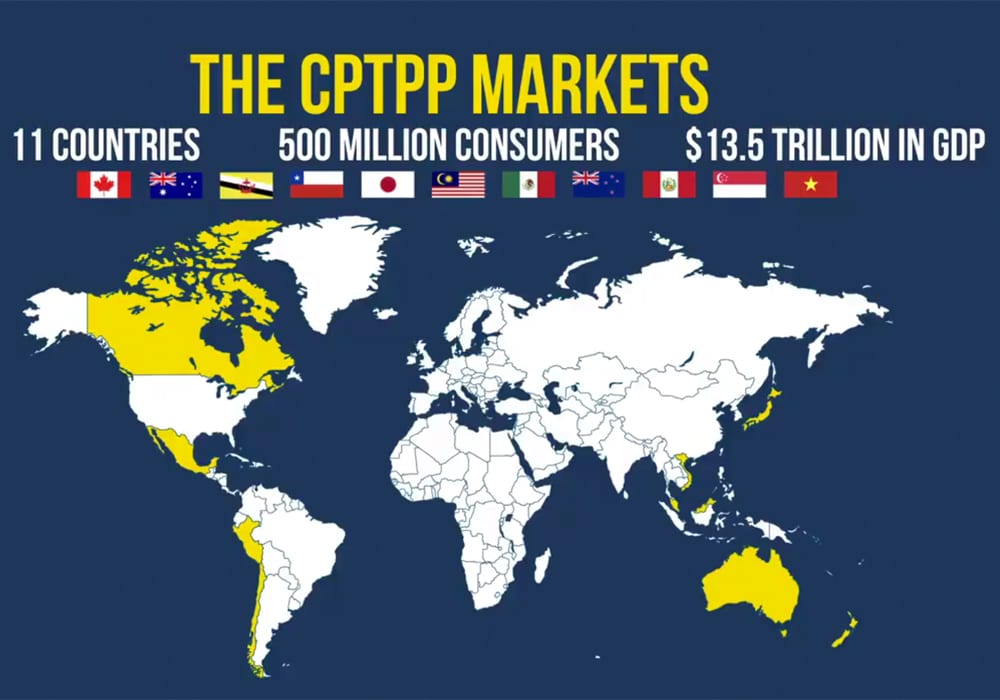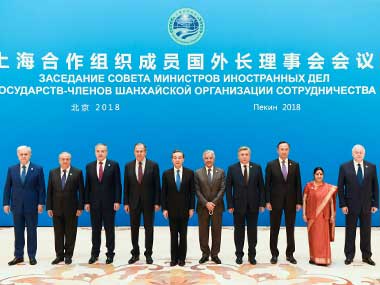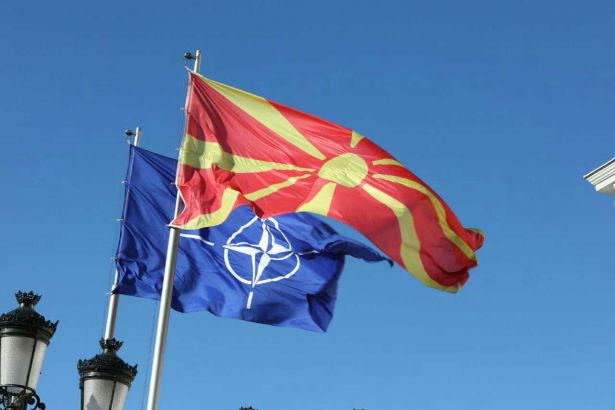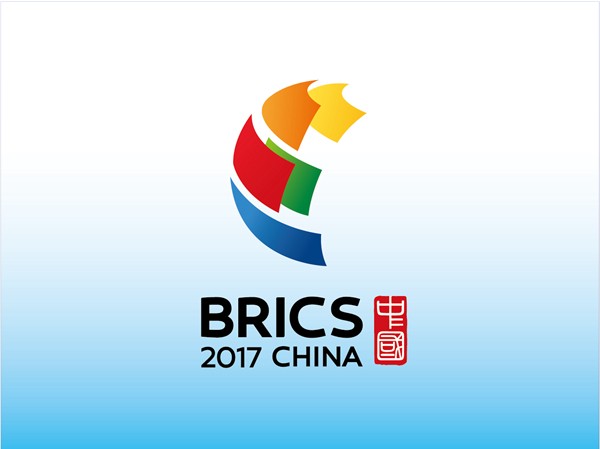
Formerly named “Trans-Pacific Partnership Trade Pact” (TPP), the “Comprehensive and Progressive Agreement for Trans Pacific Partnership” (CPTPP), which acquired its new name after the withdrawal the United States (to be discussed in detail below), was signed by its eleven member countries on 30 December 2018 in New Zealand. The eleven member countries are as follows: New Zealand, Australia, Brunei, Canada, Chile, Japan, Malaysia, Mexico, Peru, Singapore, and Vietnam.[1] Australia, Canada, Japan, Mexico, New Zealand, and Singapore were the first six members to ratify the agreement, thus the agreement has firstly come into force in these countries. While the agreement will come into force in Vietnam this January; in Brunei, Chile, Malaysia, and Peru, it will come into force within sixty days of the completion of its approval process.[2] This agreement has created a free trade area covering more than a tenth of the global economy. The participant countries share 13 percent of the global gross domestic product and provide access to an economic block compromising a total of 500 million people.[3] The most striking aspect of this agreement is undoubtedly the fact that the United States is not a participant in the agreement. According to the agreement, taxes on industrial and agricultural products will be reduced while some products will even be tax-free, investment restrictions will be limited, and more attention will be given to the protection of intellectual property rights. As will be understood, the most important point here is that the taxes on goods will be removed. Investment bank HSBC stated in a press release that, starting on Sunday, there was a 90 percent reduction on tariffs on goods in the six participant countries where the agreement first went into force.[4]
First, in order to understand how the agreement reached its present form, it will be useful to take a look at the stages of its formulation. Negotiations for TPP began in 2010. Alongside the current members, the agreement was signed by the United States in 2016. However, the United States under new the Trump administration withdrew from the pact in January 2017.[5] The reason given for the withdrawal was that the US would be unable to derive any economic benefit from the agreement and that its domestic market would become vulnerable towards Asian goods. In other words, the decision can be considered a result of protectionist economic policies.
The Asia-Pacific region is boldly moving forward in today's world in areas such as advanced technology and research and development. Although there are historical and border disputes among the countries in the region, especially now in the 21st century, countries in the region are attaching great importance to regional cooperation networks. However, the most important problem of the region in recent years has been the trade wars between the US and China. These trade wars not only caused losses in the two countries, but have also caused losses in the region and even on a global scale. As a result of this, the aforementioned eleven countries are hoping that the Comprehensive and Progressive Agreement for Trans-Pacific Partnership will serve as a counter to the notions of protectionism currently evolving in various countries.[6] Moreover, the fact that NAFTA members Canada and Mexico, which are among the countries being most subjected to the US’ aggressive economic policies, are both parties to the new agreement reveals the discontent present in North America.
Japanese Prime Minister Shinzo Abe, as carefully observed by international public opinion, has long favored strengthening free trade by establishing multilateral relations. Although Japan has long supported regional cooperation organizations through foreign investments and aid, she has built her economic relations through bilateral agreements, which has been much criticized by the Japanese public opinion. In these days when Shinzo Abe is trying to change this conventional Japanese policy, US President Donald Trump, as a result of his “America First” policy, has attempted to convince Abe to make bilateral agreements with the United States.
The relationship between the US and Japan is a unique relationship. As it is known, in accordance with Article 9 of the Japanese Constitution that was put into practice after the Second World War (1947), Japan has permanently waived the use of any threat or force in the event of any dispute.[7] Japan, which ended her armament after the war, has pursued its security policies with the support of the US since the adoption of the new constitution. This situation has confirmed the win-win principle for the two states for many years. As a result of this cooperation, there is a deep bilateral relationship between the two countries. Of course, it will be curious to see how the United States will react to the signing of such an agreement for which Japan is striving for its realization in the absence of the US. In addition, the agreement has already hit the American economy hard, especially in the agricultural sector (hence, US President Trump stated in April 2018 that he would consider rejoining the trade agreement if the terms were more favorable to the US)[8].
The idea of creating this multilateral economic free trade zone, spearheaded by Japan and Australia, has led to an unprecedented economic convergence between member countries. For example, Minister of Trade of New Zealand David Parker stated that “The Comprehensive and Progressive Agreement for Trans-Pacific Partnership (CPTPP) provides New Zealand with trade agreements for the first time with three significant economies: Japan, Canada and Mexico.”[9] The agreement has already begun to cross regional borders. While it remains unclear whether this is an opportunity or a risk for the agreement, Colombia, Indonesia, South Korea, and Thailand are among the countries expressing interest in the agreement. Negotiations will be held in Tokyo on 19 January to discuss the procedures with the countries that want to participate in the agreement and to identify the new candidate countries to be included in the agreement.[10]
Two of the countries expressing interest in the agreement draw attention. These are the United Kingdom and South Korea. As is known, Japan possesses comprehensive and substantial investments in the UK, and it has been alleged that Japan had lobbied for a “no” vote prior to the BREXIT referendum. As part of this new agreement, it is possible to shift trade relations to the Asia-Pacific region and to prevent economic loss and the gap that may arise from BREXIT. Britain joining the CPTPP would not only increase the geographic reach of the multilateral deal, it would also be a concrete example of a global commitment to free trade that could counterbalance the rising trend of building tariff barriers. At the same time, it would deepen not just the economic ties between Japan and Britain, but also act as the first step in forging relations between Japan and a Britain seeking to redefine its position on the global stage.[11] Meanwhile, South Korea is aware of its growing economic power and it is obvious that the agreement offers very important commercial opportunities for the country. At the same time, Korea is vigilant of the long-term challenges and difficulties that is expected to be brought with the Japan-led mega free trade bloc.[12]
After it became clear that the United States would not participate in the CPTPP, the agreement was realized with the efforts of Japan in spite of the many speculations and uncertainty concerning it. Although China is today the second largest economy in the world ahead of Japan, Japan can show her economic power and even her leadership to the countries in the region due to its stable economic structure and particularly due to its reputation as a reliable economic partner.
In summary, although the agreement opens up new opportunities for the member countries, it is yet unknown what problems the world's largest trade bloc will face in the coming periods.
Illustration: https://www.producer.com/2018/10/cptpp-implementation-legislation-receives-royal-assent/
[1] “The Comprehensive and Progressive Agreement for Trans-Pacific Partnership”, New Zealand Foreign Affairs & Trade, accessed January 3, 2019, https://www.mfat.govt.nz/en/trade/free-trade-agreements/free-trade-agreements-in-force/cptpp/cptpp-overview
[2] “Pacific trade pact takes off with tariffs cut in six nations”, Reuters, accessed January 3, 2019, https://www.reuters.com/article/us-trade-tpp/pacific-trade-pact-takes-off-with-tariffs-cut-in-six-nations-idUSKCN1OT00C
[3] “Trans-Pacific trade pact takes effect without U.S. amid protectionism”, Japan Today, accessed January 3, 2019, https://japantoday.com/category/politics/trans-pacific-trade-pact-takes-effect-without-u.s.-amid-protectionism
[4] “Japan-led Pacific free trade pact goes into effect”, Asia Times, accessed January 2, 2019, http://www.atimes.com/article/japan-led-pacific-free-trade-pact-goes-into-effect/
[5] “Pacific trade pact takes off with tariffs cut in six nations”, Reuters, accessed January 2, 2019, https://www.reuters.com/article/us-trade-tpp/pacific-trade-pact-takes-off-with-tariffs-cut-in-six-nations-idUSKCN1OT00C
[6] “Trans-Pacific trade pact takes effect without U.S. amid protectionism”, Japan Today, accessed January 3, 2019, https://japantoday.com/category/politics/trans-pacific-trade-pact-takes-effect-without-u.s.-amid-protectionism
[7] Akif Erinay ;Yeni Japon Anayasası (1); Ankara Üniversitesi Hukuk Fakültesi Dergisi, C 7 (1950): 1-2.
[8] “Recalibrating the Trans-Pacific and Trans-Atlantic relationships”, Japan Times, accessed January 2, 2019, https://www.japantimes.co.jp/opinion/2018/07/19/commentary/japan-commentary/recalibrating-trans-pacific-trans-atlantic-relationships/#.XC8tLFUzaUl
[9] “Recalibrating the Trans-Pacific and Trans-Atlantic relationships”, Japan Times, accessed January 2, 2019, https://www.japantimes.co.jp/opinion/2018/07/19/commentary/japan-commentary/recalibrating-trans-pacific-trans-atlantic-relationships/#.XC8tLFUzaUl
[10] “Trans-Pacific trade pact takes effect without U.S. amid protectionism”, Japan Today, accessed January 2, 2019, https://japantoday.com/category/politics/trans-pacific-trade-pact-takes-effect-without-u.s.-amid-protectionism
[11] “Recalibrating the Trans-Pacific and Trans-Atlantic relationships”, Japan Times, accessed January 2, 2019, https://www.japantimes.co.jp/opinion/2018/07/19/commentary/japan-commentary/recalibrating-trans-pacific-trans-atlantic-relationships/#.XC8tLFUzaUl
[12] “Korea in dilemma over joining CPTPP”, The Korea Times, accessed January, 2 2019, https://www.koreatimes.co.kr/www/biz/2019/01/367_261272.html
© 2009-2025 Center for Eurasian Studies (AVİM) All Rights Reserved
No comments yet.
-
 CONFERENCE ENTITLED “TÜRKİYE VE KORE: GELİŞEN AVRASYA’DA İKİ KÖPRÜ BAŞI” (TURKEY AND KOREA: TWO BRIDGEHEADS IN THE THRIVING EURASIA)
CONFERENCE ENTITLED “TÜRKİYE VE KORE: GELİŞEN AVRASYA’DA İKİ KÖPRÜ BAŞI” (TURKEY AND KOREA: TWO BRIDGEHEADS IN THE THRIVING EURASIA)
Vuslat Nur ŞAHİN 30.11.2017 -
 TRANS PACIFIC PARTNERSHIP TRADE PACT WITHOUT THE UNITED STATES: INCREASED ELBOW ROOM FOR JAPAN IN EAST ASIA
TRANS PACIFIC PARTNERSHIP TRADE PACT WITHOUT THE UNITED STATES: INCREASED ELBOW ROOM FOR JAPAN IN EAST ASIA
Vuslat Nur ŞAHİN 10.01.2019 -
 A VIEW ABOUT 18TH MEETING OF SHANGHAI COOPERATION ORGANIZATION COUNCIL OF HEADS OF MEMBER STATES
A VIEW ABOUT 18TH MEETING OF SHANGHAI COOPERATION ORGANIZATION COUNCIL OF HEADS OF MEMBER STATES
Vuslat Nur ŞAHİN 19.06.2018 -
 NORTH MACEDONIA IS ON HIS WAY TO NATO MEMBERSHIP
NORTH MACEDONIA IS ON HIS WAY TO NATO MEMBERSHIP
Vuslat Nur ŞAHİN 20.02.2019 -
 G20 AND BRICS 2017 XIAMEN SUMMIT
G20 AND BRICS 2017 XIAMEN SUMMIT
Vuslat Nur ŞAHİN 21.09.2017
-
 THE 20 JUNE 2021 SNAP PARLIAMENTARY ELECTIONS IN ARMENIA - I: THE SOCIO-POLITICAL LANDSCAPE IN ARMENIA
THE 20 JUNE 2021 SNAP PARLIAMENTARY ELECTIONS IN ARMENIA - I: THE SOCIO-POLITICAL LANDSCAPE IN ARMENIA
Turgut Kerem TUNCEL 24.06.2021 -
 BOOK REVIEW: FROM THE LOST CITY TO THE SPIRITUAL HOMELAND
BOOK REVIEW: FROM THE LOST CITY TO THE SPIRITUAL HOMELAND
AVİM 29.06.2018 -
 POPE'S CARELESSNESS
POPE'S CARELESSNESS
Ali Murat TAŞKENT 11.05.2015 -
 WORRYING RISE IN ANTI-MUSLIM RACIST DISCOURSE IN INDIA
WORRYING RISE IN ANTI-MUSLIM RACIST DISCOURSE IN INDIA
Teoman Ertuğrul TULUN 29.11.2022 -
 A STATUE OF TERRORIST TEHLIRIAN IN MARSEILLE
A STATUE OF TERRORIST TEHLIRIAN IN MARSEILLE
Hazel ÇAĞAN ELBİR 15.03.2024
-
25.01.2016
THE ARMENIAN QUESTION - BASIC KNOWLEDGE AND DOCUMENTATION -
12.06.2024
THE TRUTH WILL OUT -
27.03.2023
RADİKAL ERMENİ UNSURLARCA GERÇEKLEŞTİRİLEN MEZALİMLER VE VANDALİZM -
17.03.2023
PATRIOTISM PERVERTED -
23.02.2023
MEN ARE LIKE THAT -
03.02.2023
BAKÜ-TİFLİS-CEYHAN BORU HATTININ YAŞANAN TARİHİ -
16.12.2022
INTERNATIONAL SCHOLARS ON THE EVENTS OF 1915 -
07.12.2022
FAKE PHOTOS AND THE ARMENIAN PROPAGANDA -
07.12.2022
ERMENİ PROPAGANDASI VE SAHTE RESİMLER -
01.01.2022
A Letter From Japan - Strategically Mum: The Silence of the Armenians -
01.01.2022
Japonya'dan Bir Mektup - Stratejik Suskunluk: Ermenilerin Sessizliği -
03.06.2020
Anastas Mikoyan: Confessions of an Armenian Bolshevik -
08.04.2020
Sovyet Sonrası Ukrayna’da Devlet, Toplum ve Siyaset - Değişen Dinamikler, Dönüşen Kimlikler -
12.06.2018
Ermeni Sorunuyla İlgili İngiliz Belgeleri (1912-1923) - British Documents on Armenian Question (1912-1923) -
02.12.2016
Turkish-Russian Academics: A Historical Study on the Caucasus -
01.07.2016
Gürcistan'daki Müslüman Topluluklar: Azınlık Hakları, Kimlik, Siyaset -
10.03.2016
Armenian Diaspora: Diaspora, State and the Imagination of the Republic of Armenia -
24.01.2016
ERMENİ SORUNU - TEMEL BİLGİ VE BELGELER (2. BASKI)
-
AVİM Conference Hall 24.01.2023
CONFERENCE TITLED “HUNGARY’S PERSPECTIVES ON THE TURKIC WORLD"









